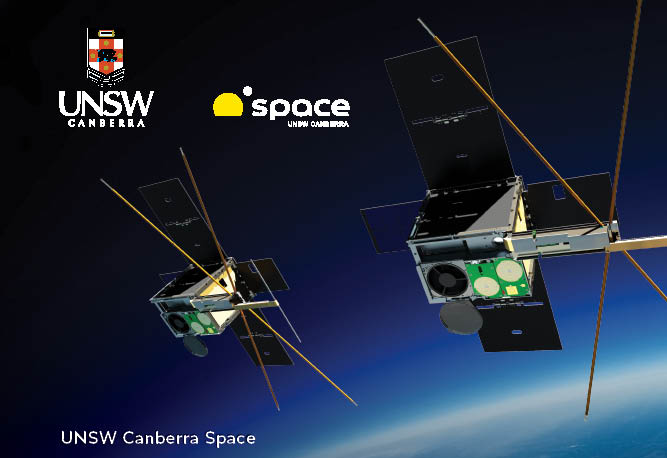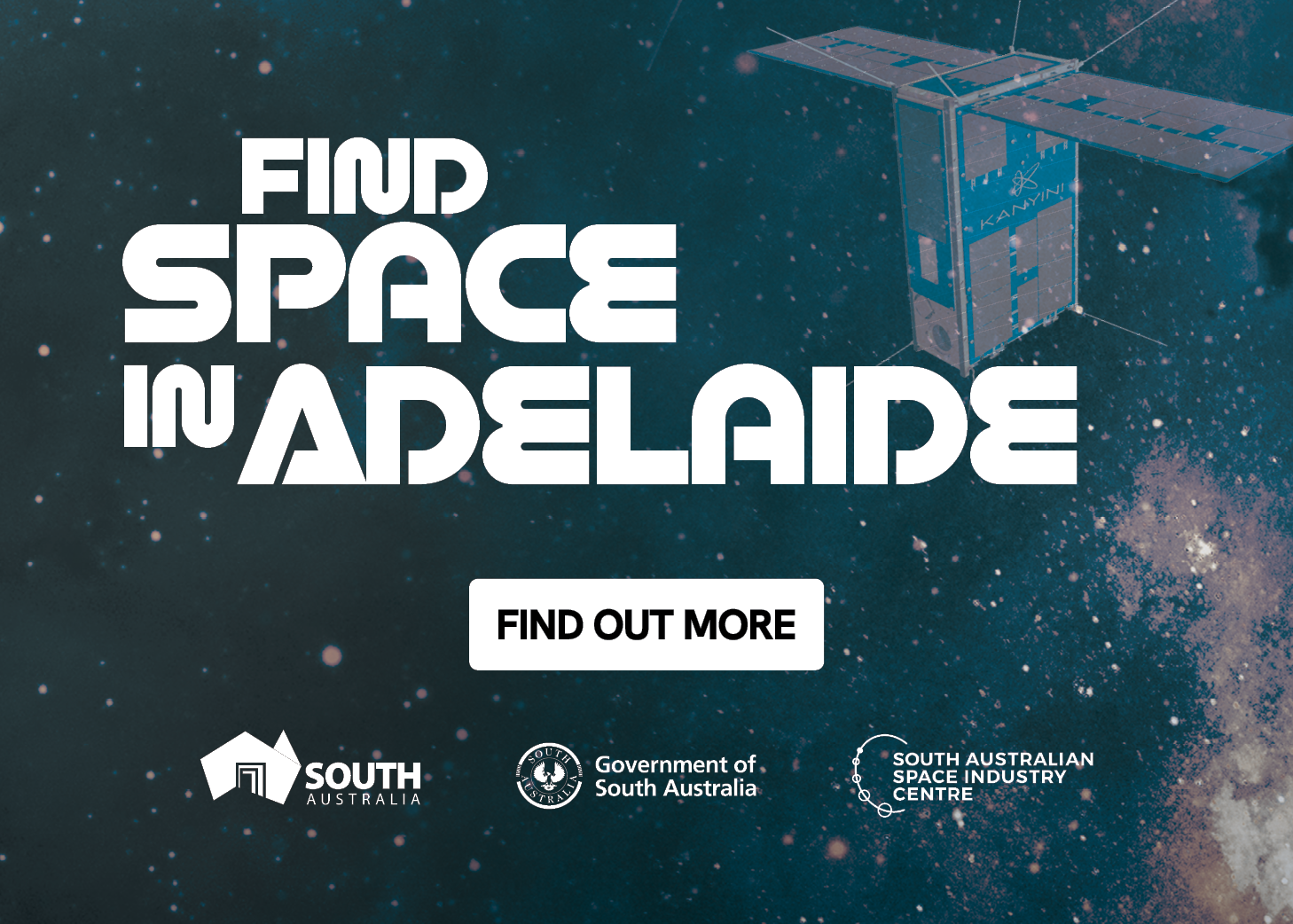Despite the challenges in our world right now, space remains a source of inspiration for humanity and our future – one that pushes the limits of what is possible. Space technology turns our phones into navigation devices, helps forecast the weather, monitors the environment, helps us track and respond to natural disasters, improves productivity of our primary industries, enables the economy through financial transactions and keeps our citizens safe. A day without space is hard to comprehend.
Australia is building a reputation for punching above its weight in space, and it is easy to see why when you look at what we have to offer. Our geography, world-leading technologies, trusted alliances, human and talent capital, and responsible regulatory environment are all key advantages which are energising our nascent space sector and attracting international attention. Formation of the Australian Space Agency in 2018 catalysed the nation around the opportunity space presents and we are proud of the achievements in our first four years.
The Agency’s purpose is to transform and grow a globally respected Australian space industry that lifts the broader economy, inspires and improves the lives of Australians. Delivering on this purpose will shore up Australia’s domestic space capability to manage our greatest challenges and capture new opportunities. The journey we are on has arrived at a critical juncture. Space manufacturing and operations are establishing across the country. The momentum across the sector is growing – but to ensure it translates into sustained long-term growth and success, there is work to be done. As we move forward, we need to ensure fragmented approaches and funding arrangements are a thing of the past, and we need a new era of unification across the Australian space sector.
Manufacturing self-sufficiency will be key to capitalise on the lucrative opportunities that stand ahead of us at this pivotal moment. Australia must shift from being a consumer of space technology and data to a provider. By becoming a nation of ‘makers’ and not ‘takers’, we will be able to stand alongside our international partners, achieving a new level of respect as an indispensable part of global capability networks in critical areas such as Earth Observation. We must continue to gain recognition as a regional leader in space by opening up new ways to support our neighbours in the Indo-Pacific. Like many people in our industry today, I am filled with confidence about Australia rising to this challenge when I consider the recent successes and ongoing efforts of our space sector, seen in all states and territories.
Earlier this year, the Agency accepted submissions for the first stage of our Trailblazer program; a national tender process which will see a successful Australian consortium develop and build a small semi-autonomous rover for a lunar mission with NASA. The mission will see the rover collect lunar soil and deliver it to NASA for an attempt at oxygen extraction. This will represent an important step towards establishing a sustainable human presence on the Moon as part of the inspirational Artemis program. The Trailblazer program will showcase Australia’s world-class capability in remote operations and robotics and automation like never before.
In June, we witnessed the first ever commercial space launch in Australia, as NASA launched three scientific suborbital sounding rockets from Equatorial Launch Australia’s Arnhem Space Centre in the Northern Territory on the land of the Yolngu people. The campaign marked NASA’s first commercial launch outside the US, and its first launch from Australia in over 25 years. This is the biggest statement yet that Australia is more than just an attractive geographic location for launch – we have the home-grown expertise to handle sophisticated missions in partnership with the largest space agencies in the world.
Later this year the Agency expects to conclude its work on seven space roadmaps for each of our civil space priority areas. The roadmaps will play a fundamental role in supporting the continued growth of a globally-respected and thriving industry in Australia, and our nation’s competitive advantages are demonstrated across the series – which also includes Communications Technologies and Services; Earth Observation; Robotics and Automation; Space Situational Awareness and Debris Mitigation; Position, Navigation and Timing; Applied Medicine and Life Science; and Access to Space.
These successes come on top of an array of innovative services that Australian space companies and universities have supplied to international space missions and projects in recent years. The Australian Government has invested significantly to help get unique Australian space products into global supply chains. With our capacity for innovation and desire to push the boundaries further, we have made a good start on forging our own Australian path in the space sector. It is time to channel that energy into sustained growth and be even more ambitious about exporting to meet global demand.
Our step forward in space will turbocharge our ability to create secure, well paid and high quality jobs for Australians. This includes reversing so called ‘brain drain’ – by ensuring the next generation of bright Australian space professionals can take up great career opportunities without leaving the country, and enticing our talented expats to return home as well, as well as boosting skilled migration. I left Australia to fulfil my desire to work in the space sector, and after many years away from home, I am immensely proud to see that rewarding space careers in Australia are possible and desirable, across a diverse set of disciplines. It is more than just space jobs that we can encourage, too; our sector and the Agency must play a major role in inspiring the uptake of Australian tech careers and STEM education in general, growing the pipeline of future scientists, engineers and inventors.
It is exciting and motivating to know that Australia has everything it takes to establish a leading presence in the global space landscape and reap immense benefits. We have a lot of hard work ahead of us in the coming years to make it happen, but the hard work is matched by the reward on the horizon. We have achieved a significant amount in a short time – and by collaborating effectively across government and industry, we can take those successes up to unprecedented heights. I am thrilled to bring Australians with us on this journey towards our future in space.













